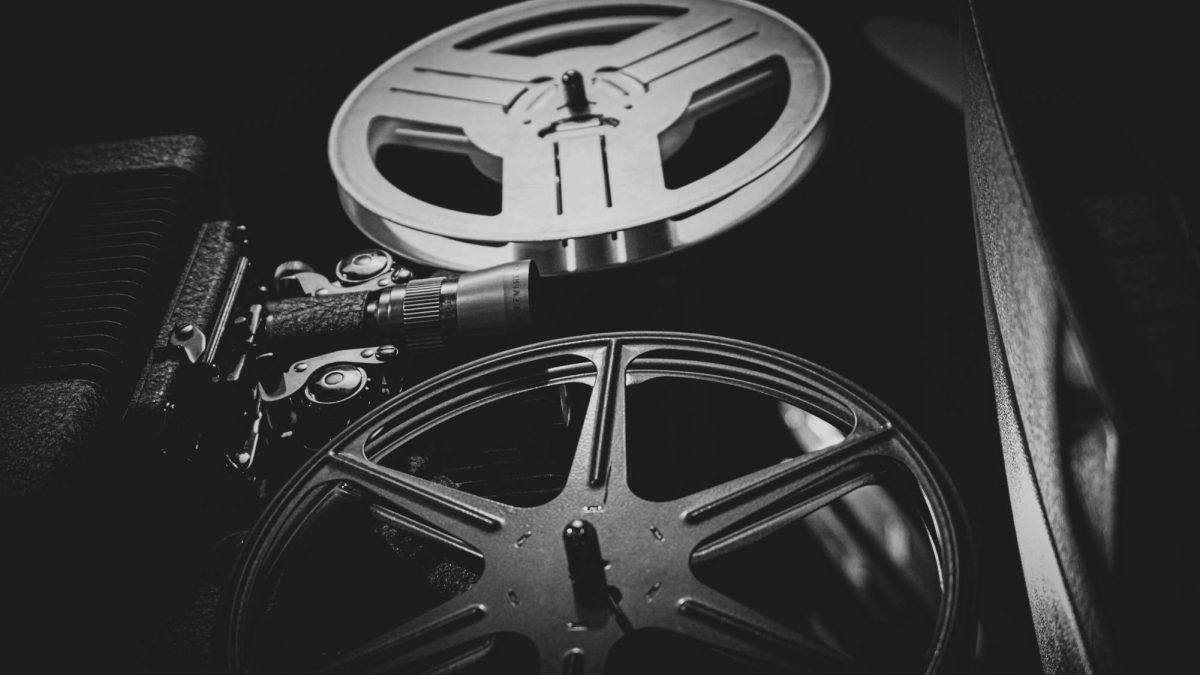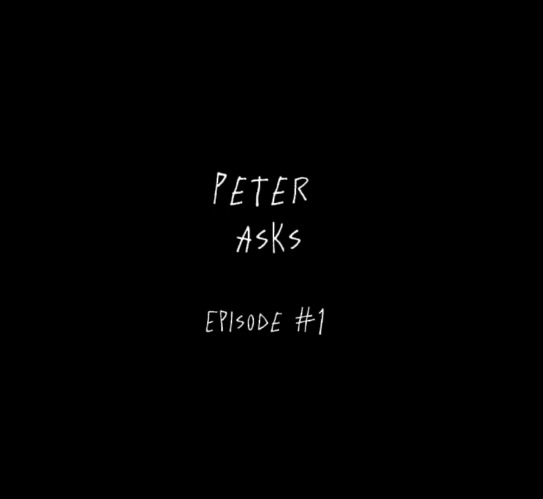The French Dispatch Review
Wes Anderson’s The French Dispatch (2021) glistens on screen for its entire 1 hour and 48 minutes. Weaving complex plot lines with troubled yet endearing characters, The French Dispatch represents Anderson at his best: meticulously crafted scenes, every one still looking like it could be a famous painting. It excels in a genre created by Anderson himself; not only in visuals, but in plot, score, and pacing as well.
The French Dispatch gets its title from the fictional magazine it follows: an outpost of the Liberty, Kansas Evening Sun based in Ennui-sur-Blanc, France. We learn that the editor-in-chief, Arthur Horowitz, has recently died and decided to shut down the magazine at his death. The French Dispatch follows a team of journalists reporting the most pressing stories from Ennui for their last issue: a travelogue of the film’s setting, a portrait of the artistic genius Moses Rosenthaler, the story of a local university uprising, and finally the profile of a legendary chef who assists in finding a kidnapped boy. The film has been described as a “love letter to 20th century print journalism,” so it’s only fitting that the story is told anthology-style, the same way one might leaf through a magazine.
In the hands of any other filmmaker, the three feature stories could have felt too long, too short, or simply disconnected and disjointed. But Anderson’s distinct filmmaking style, characterized by meticulous blocking, expert use of coloring, and a minute attention to detail help showcase some of his best work yet. He stated that “the movie was intended to have each and every shot be an individual ecosystem,” a goal that the film achieved in flying colors.
Anderson relies on tropes and character formulas that he has used for years in The French Dispatch – the comic-book supervillain who’s always in a suit, the mysterious, promiscuous young woman/muse, the endearing, paternal figure who has done nothing wrong but is still punished anyways – but somehow, it still works. Somehow, I’m not sick of it yet. There is something so vibrant and classic about Wes Anderson’s characters (albeit likely due in large part to the talented actors cast in these roles) that feels nostalgic for old styles of filmmaking instead of lazy or cliche.
The first story, revolving around the tortured artist Moses Rosenthaler (Benicio del Toro), shows the power of narrative perspective. The story is narrated by J.K.L. Berensen (Tilda Swinton), who is enamored with Rosenthaler’s paintings done in the modern art style. Despite the fact that Rosenthaler is in jail for double homicide, and appears to show no remorse for his crimes, people see something in him: not just Berensen, but Julian Cadazio, a fellow inmate who wishes to buy Rosenthaler’s paintings and jumpstarts his career as an artist. We only ever see Rosenthaler through Berensen’s adoring perspective, prompting the audience to forgive Rosenthaler’s moral flaws because he produces famous art. The fact that Anderson is able to set up and develop this moral conundrum in half an hour is pretty impressive.
Next is the story of a local university uprising, starring Zeffirelli (Timothee Chalamet), Juliette (Lyna Khoudri), and reporter Lucinda Krementz (Frances McDormar). The reason this uprising occurs is hardly important to the story; more pressing are the representations of youth and journalistic integrity. Zeffirelli and Juliette are perhaps the most perfectly stereotypical French university students on the edge of a revolution: they write manifestos, smoke cigarettes, play chess, have quirky hairdos, and argue about anarchism constantly. But despite their undoubtable pretentiousness, Anderson seems to poke fun at them in a way that accentuates their humanity, rather than diminishing it. This story speaks to the incontestable link between revolution and journalism, and how both are propelled by young people.
Finally, The French Dispatch’s last story follows the food reporter Roebuck Wright (Jeffrey Wright) who narrates the adventure of police chef Lieutenant Nescaffier (Stephen Park). This last story is undoubtedly a frenzy of different events, the main plot being the kidnapping and subsequent rescue of the police commissioner’s son. Lt. Nescaffier makes a significant sacrifice in order to bring the commissioner’s son home safe, and shares a touching moment with Wright just before the story’s conclusion. We go from color to black-and-white to animation all in the span of seconds during the final chase sequence, and it’s almost as if Anderson is trying to divert our attention from the true themes at play. Underpinning all of the events in this story is the idea of fighting for one another, even when sacrifices must be made.
My only qualm with the story comes from Anderson’s distinct separation of film and reality. The film always sits slightly removed from the viewer, due to Anderson’s unconventional stylization and pacing. Firstly, the abrupt shifts between the three feature stories, and the fact that none of them connect beyond existing in the same magazine issue, force viewers to take themselves out of the current story and leap headfirst into a new one each half hour. I should make it clear that I don’t take issue with this particular problem: the point is that it serves to keep viewers at arms-length from the film at all times.
Particularly in a film centered around the origins of 20th century print journalism, this tendency can land The French Dispatch into some sticky situations. Intersections between politics and journalism, for example, are never commented on in the movie, save for one scene in the second feature story where the journalist Mrs. Krementz questions her “journalistic neutrality”. And even this, compared to the myriad of dangerous and corrupt practices where politics and journalism meet, is an admittedly tepid comment on the ethics of journalism. It comes across as a romantic fantasy of what journalism once was rather than a realistic portrayal of what journalism always has been: and again, maybe this is okay if that’s what you’re looking for.
Previous Wes Anderson movies have been able to skirt around political commentary by being located in places only vaguely reminiscent of real locations, and therefore not subject to any real-world expectations, but The French Dispatch does not have this same luxury. Because the magazine is loosely inspired by the origins of The New Yorker, it stays grounded in the social and political climate of the 20th century. So, Anderson’s refusal to provide any political commentary about journalism in a film set during a politically turbulent time (and in France, a country known for political unrest) reveals the relative flatness of these storylines. They exist more as an escape from all-too-familiar political upheaval than as a realistic story of journalism. And I’m not saying that it’s a bad thing to look to Wes Anderson movies for escape; however, I don’t know that the film can accurately be called a “love letter to journalism” with so much key background missing. It feels like a lazy choice, especially in an era when, according to the United Nations, journalism is now one of the most dangerous professions in the world due to politically motivated assault, kidnappings, and murders. Journalism and politics are inseparable; it feels silly to tell a story where they function independently.
Photo by Jason Dent on Unsplash















Shari Belanger • Nov 30, 2021 at 9:12 PM
Mr B and I saw The French Dispatch at the wonderful vintage Latchis Theater in downtown Brattleboro, VT, on a special weekend getaway. It was a perfect place to watch such a visually stunning, yet utterly confusing, at times, film. I loved all the hidden jokes in all of the French signs.